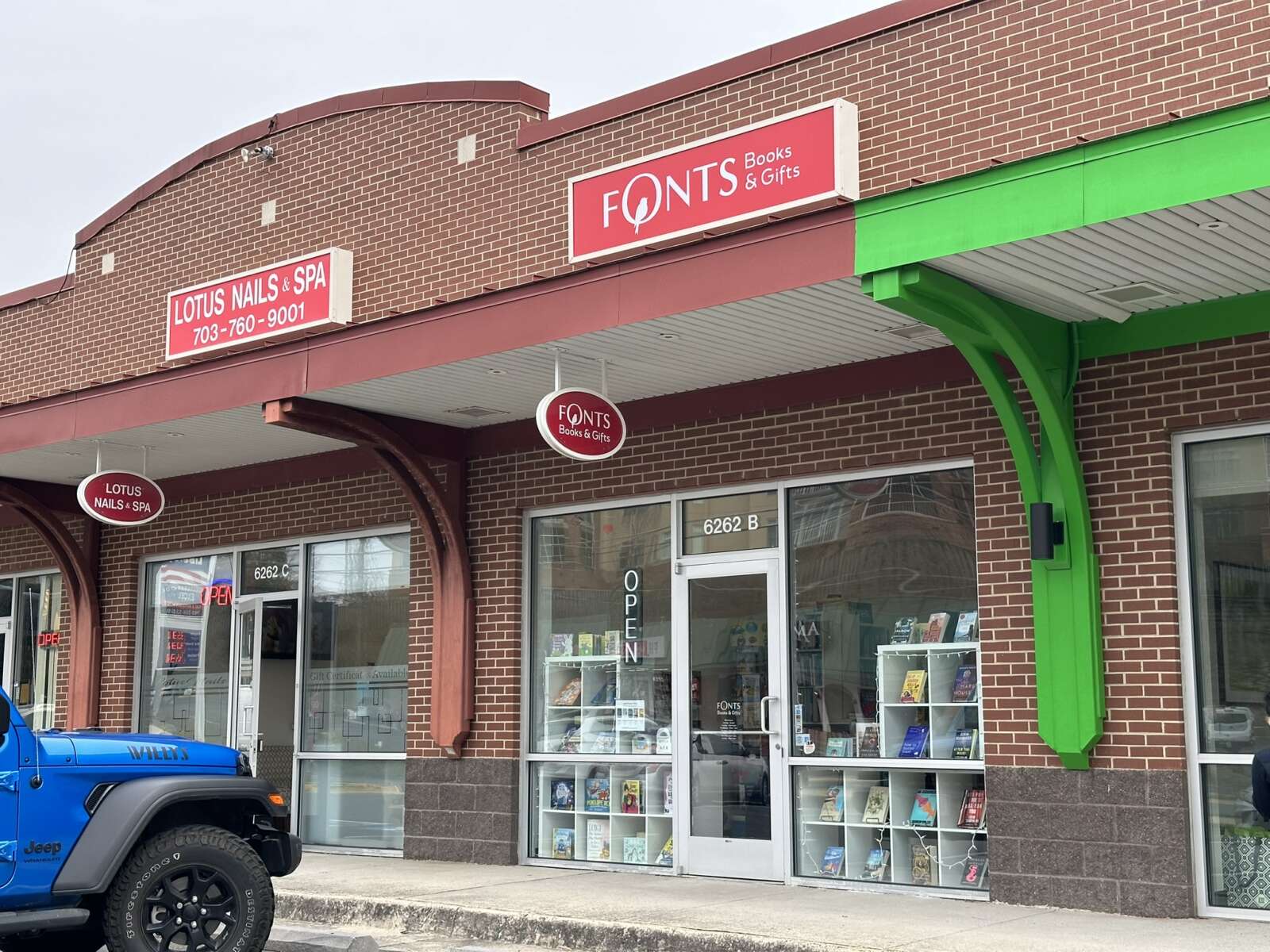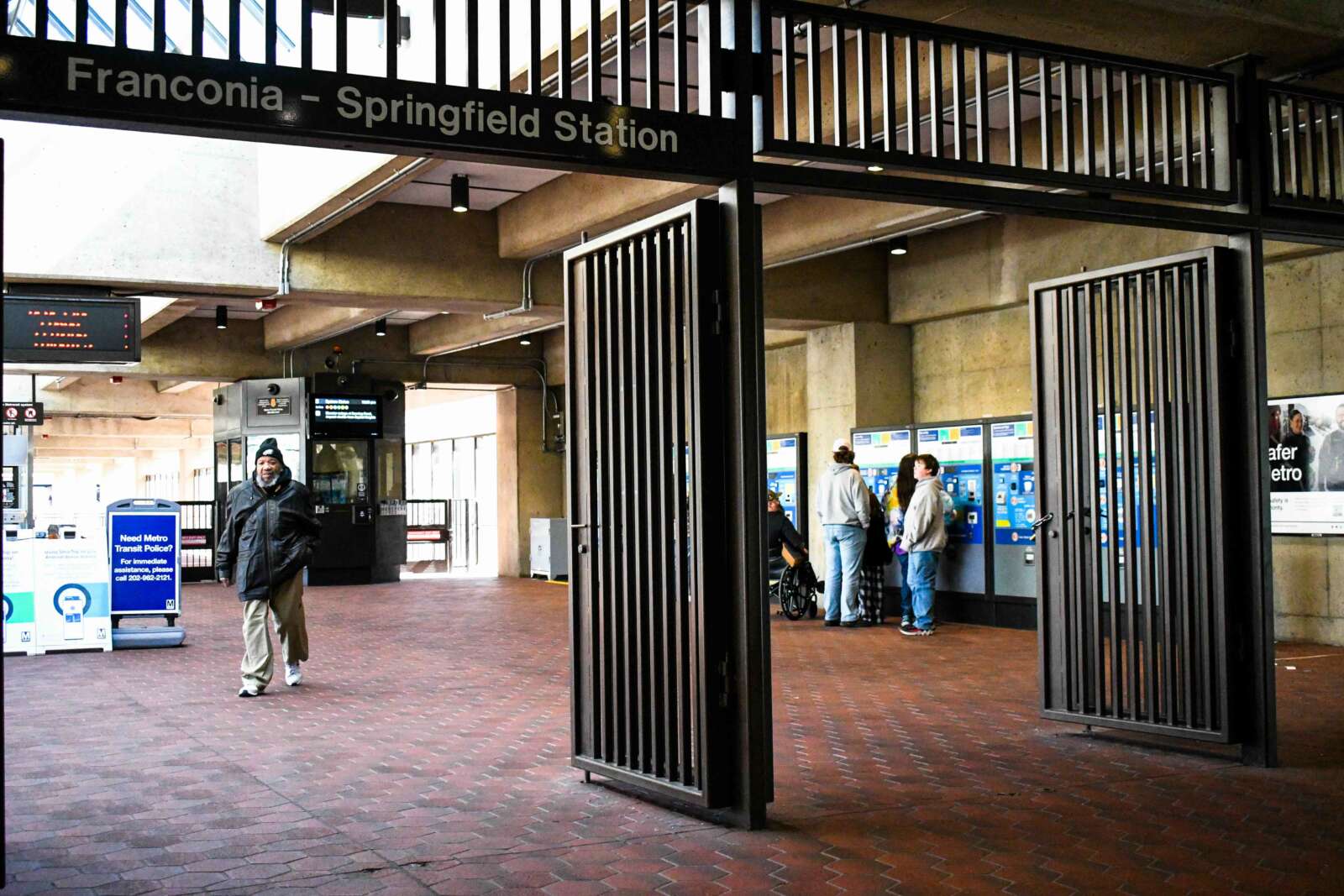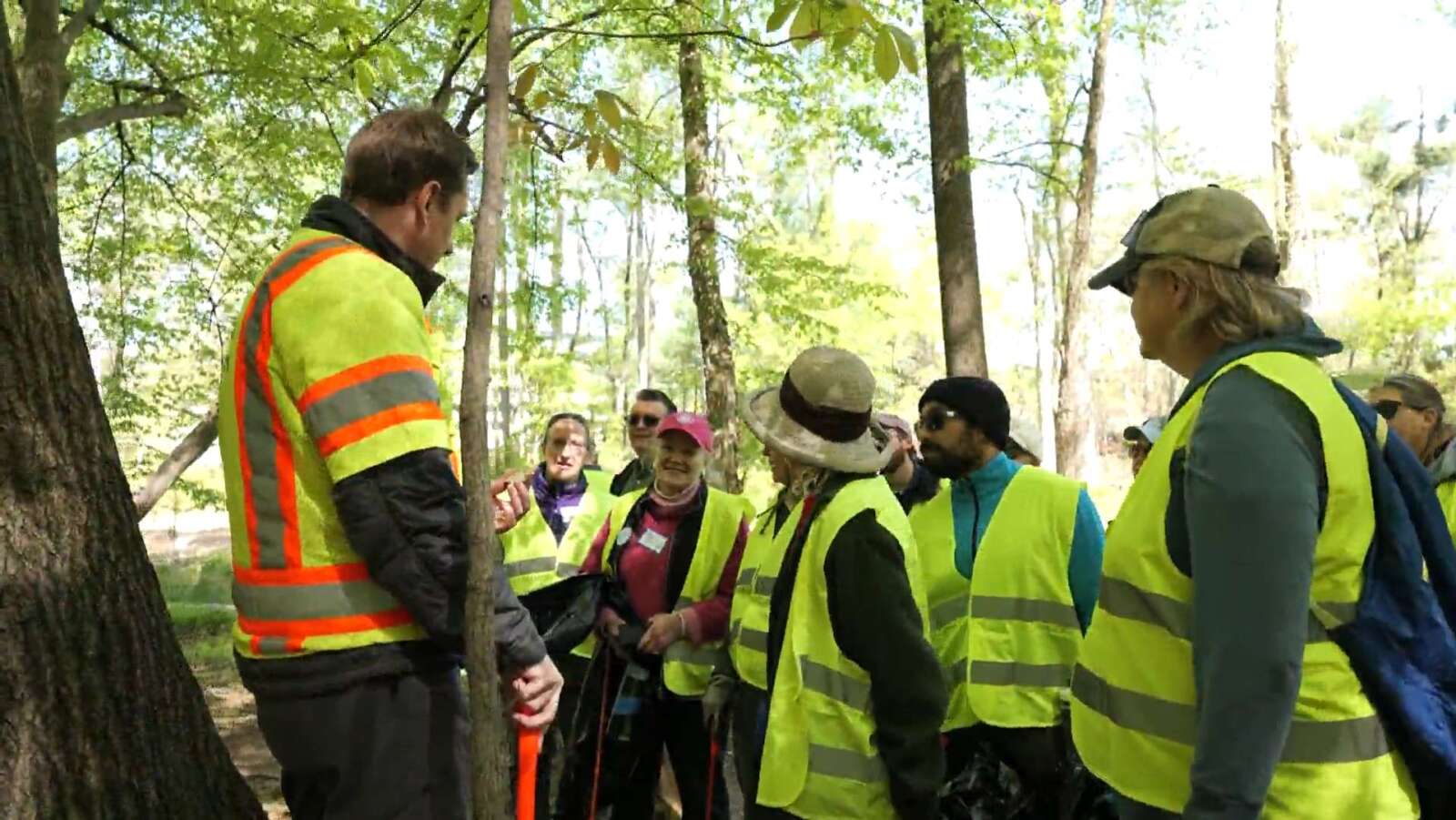Changes to the Fairfax County Comprehensive Plan, approved by the Board of Supervisors this past Tuesday, should make it easier to find new uses for the county’s vacant storefronts.
The new plan allows for a broader definition of retail and related commercial uses in both repurposing existing buildings and for unbuilt, planned retail spaces. In other words, businesses that are not strictly stores or restaurants will find it easier to move into vacant retail spaces.
The changes add new language throughout the land use portion of the Comprehensive Plan that allows greater flexibility in achieving certain objectives, particularly in cases where the conversion does not significantly impact the building form and footprint.
The plan points to several national trends for options to replace conventional retail:
- Experiential/Entertainment Uses — Retail focused around selling an experience. The Launch Trampoline Park in Herndon, which was converted from a vacant Sears, is cited as a local example.
- Downsizing — Retail formerly occupying a larger space reducing their scale and converting the remaining space to a different use. The former two-story Sears in Fair Oaks Mall was cited as a local example, which was reduced to one floor while the upper floor was converted into an eating area. The Sears was permanently closed in August.
- Lifestyle Retail — Specialty retail with a focus on walkable communities. The Mosaic District is cited as a local example.
- Curated Retail — Stores targeting a niche market. These are often online enterprises starting to establish physical locations like Warby Parker, a glasses retailer with a store in Tysons Corner Center mall.
- Arts and Cultural Uses — Theaters, concert halls and cinemas that can anchor other nearby retail establishments, like the Showplace Icon scheduled to open in The Boro.
- Creative Spaces — These are locations like business incubators and maker places, where individuals can collaborate on projects using shared tools.
- Local Warehousing and Distribution Centers — Retail spaces converted into storage for the distribution of products, a trend increasingly necessary with the rise of online sales.
Outside of conversion to other retail spaces, the changes could allow vacant retail to more easily be converted into uses like medical care facilities, community colleges, or craft breweries.
There are 35.7 million square feet of retail and commercial space in Fairfax, with 75 percent located in hubs with planned future growth like Tysons and Merrifield. Tysons, Merrifield and McLean, fortunately, have fairly low vacancy rates — all below the metro area’s 4 percent rate.
One of the primary victims of the languishing retail market is neighborhood shopping centers, often anchored by a grocery store. In Fairfax, one in five has empty storefronts.
In March, similar changes were approved for transitioning suburban offices into other uses.





